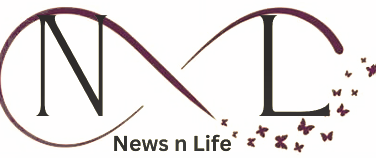“A bottle’s life is short, but its impact is eternal.”
Ashraf …
According to a recent study, there are various micro and nanoplastics in soda bottles, and the quantity increases with the frequency of bottle openings.
. Six different forms of plastic have been found in Coca-Cola and Schweppes drink, according to a research released this week by a French non-profit.
In order to simulate actual use, the organization Agir pour l’environnement (Act for the Environment) used two laboratories to perform research on the possible presence of plastic nano- and microparticles when the bottles are opened once, ten, or twenty times.
Six distinct polymers were found through investigation of the plastics contained in the paper.
According to the statement released by the organization, “manufacturers declare only two polymers in contact with the beverage: [polyethylene] PE for the cap and PET for the bottle,” which is why the group characterized the results as “surprising”.
According to Magali Leroy, who oversees surveys and analysis for Agir, these findings “call into question the Coca-Cola and the French health authorities, who must guarantee consumers [a container] that does not expose them to molecules whose health impact cannot be ruled out.”
A “substantial amount” of nanoparticles
After the initial opening, researchers found four microparticles per liter in Coca-Cola and 4.6 microparticles per liter in Schweppes. After 20 subsequent openings, the number of microparticles rose to 46 per liter in Coca-Cola and 62 per liter in Schweppes. The author suggested that the degradation of the plastic cap could be responsible for the increase in microparticles as the bottles are repeatedly opened. All detected microparticles were smaller than 500 micrometres (µm), with the majority being less than 100 µm, and most of those related to the openings were under 50 µm. Additionally, a significant number of nanoparticles were discovered in both sodas. The irregular contours of these particles make them more likely to interact with other particles or come into contact with human cells, as stated in the report.
An NGO has contacted several French authorities, urging the establishment of guidelines in response to these findings. Two years ago, the same NGO brought attention to the presence of plastic microparticles in nine bottled water brands sold in France. Previous research estimated that the annual ingestion of microplastic particles from food sources is between 39,000 and 52,000 per person, with this figure increasing to between 74,000 and 121,000 particles when including those inhaled. A study published in January of this year reported the presence of hundreds of thousands of tiny plastic pieces in plastic water bottles, a number far higher than previously noted. While the health impacts of microplastic exposure are still under investigation, there is growing concern about their potential effects.


